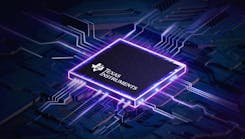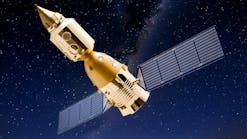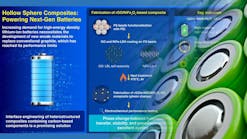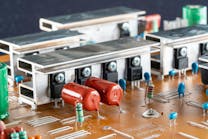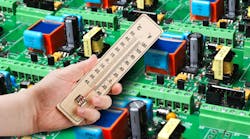Dreamstime_Yuriy-Nedopekin_162481374
Members Only Content
How to Achieve Higher Power Density and Better Thermal Performance in PSUs (Download)
Dec. 7, 2022
Around here we sit through many presentations about miniaturization of components and performance efficiencies realized at the same time. We also hear about the effort spent on reducing the size of passives used for energy conversion as inductors, capacitors, and transformers typically take up a large portion of the solution size.
For engineers, all of this means more attention must be paid to thermal management and the junction temperature of semiconductor devices, which handle the conversion of power to a usable form. After all, when a device is running, it consumes electrical energy that’s transformed into heat. And if this heat isn’t properly controlled, it can negatively affect efficiency or even damage the board.
Comments
Comments
